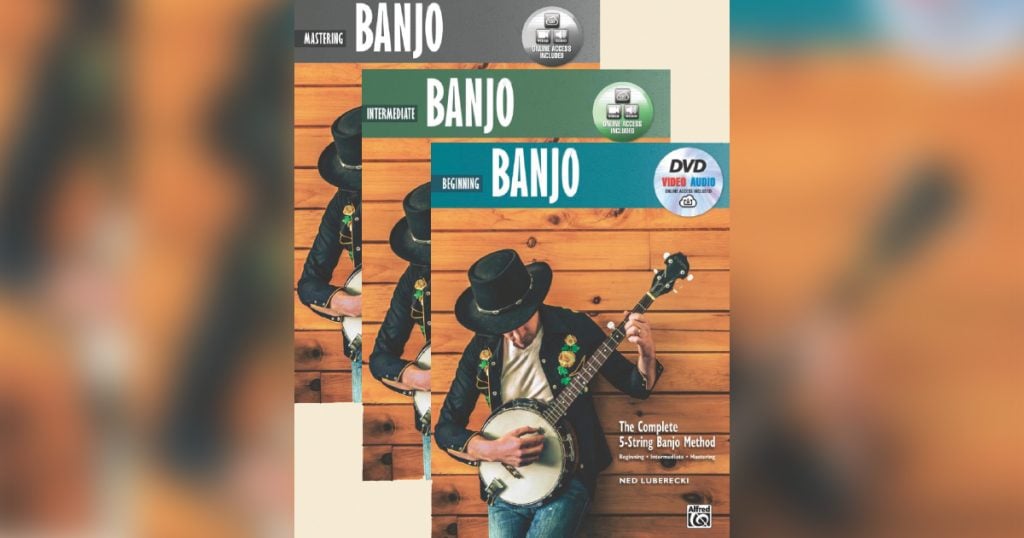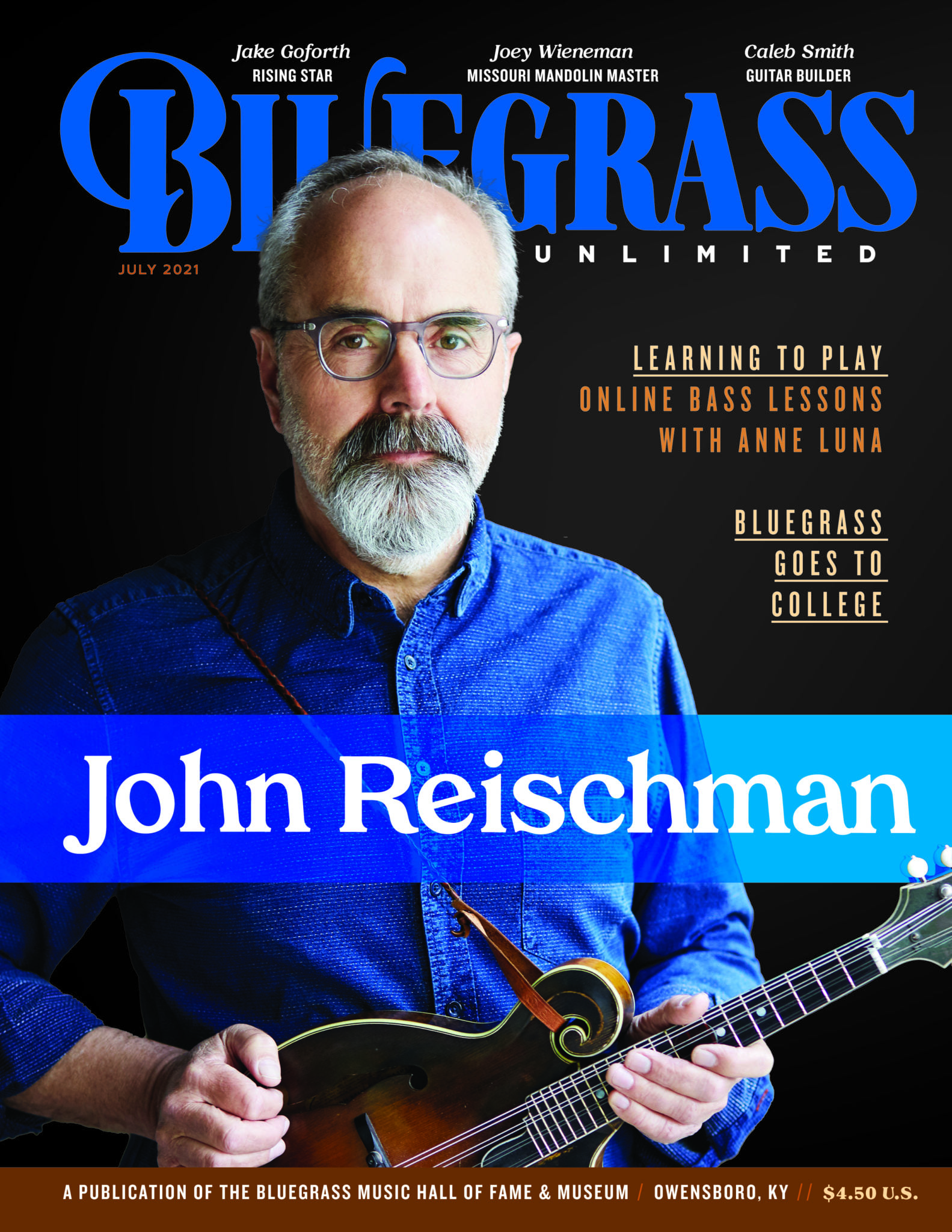The Complete 5-String Banjo Method—Beginning, Intermediate & Mastering
Published by Alfred Music
Self-directed learning can be a challenge, even in a resource-rich
environment. When there’s so much good stuff to study and so many able
teachers willing to provide guidance, questions abound. Where do I
start? What direction should I take? What’s important to learn at what
point in the process? How do I recognize landmarks and significant
moments on the journey?
For three-finger banjo players who prefer to go it alone and yet want
a detailed map of the territory, or those who have an instructor and
want to follow a thoughtful curriculum, there is an excellent
three-volume guide to learning the banjo by the Nashville banjo ace,
and multi-talented teacher, Ned Luberecki (Becky Buller Band, Nedski
and Mojo, IBMA 2018 “Banjo Player of the Year”). Luberecki’s The
Complete 5-String Banjo Method covers everything from beginning to
intermediate to advanced playing. It does so in a clear, graduated way
that integrates techniques, theory, ideas, and songs. All notations
are in tab.
For absolute musical beginners in particular The Complete Banjo
Method, Volume 1, delivers good value (it is also the longest of the
three books at 95 pages). Luberecki takes what could be an
overwhelming amount of information and arranges and chunks it into
coherent, digestible segments, keeping the tone light and playful.
Exercises have comical titles like “Hammerville” and “Pull Off Towne.”
The apparent goal of Volume 1 (Beginner) is to help beginning
banjoists develop to a point where they can play common songs with
relatively simple melodies in three finger style in several different
keys, mostly on the first five frets of the banjo.
Between rock-bottom basics—like how to wear finger picks—to playing a
straightforward arrangement of “Red Haired Boy” in melodic style, there’s
a lot of material to cover. And nothing is assumed in the first book.
It provides a crash course in basic music theory in addition to an
in-depth exploration of chords, banjo rolls, left-hand moves like
hammer-ons and pulls-offs, capoing, playing in different keys and time
signatures, tunings, and approaches to expressing the melody of a
song. Helpful charts and diagrams and small photos accompany the
explanatory text, which is engaging. Supplemental audio and video
demonstration tracks can be downloaded from Alfred Publishing.
Songs are the payoff in all three of Luberecki’s books, and Volume 2
(Intermediate, 64 pages) is geared towards preparing pickers for
participating in jam sessions. To that end, the second volume covers
approaches to backing up other musicians, the “Foggy Mountain” roll, as
well as licks for kicking off songs. Luberecki details how to play
three-finger melodies above the fifth fret using melodic style and
single string techniques. He introduces moveable chords and their close cousins, moveable double stops, as well as 6th and 7th chords.
He explores how to integrate the “Foggy Mountain” roll into your playing
using the double-stop shapes. There’s an excellent section on
integrating single string playing with rolls including a nice practice
tune called “Single County Breakdown.” By the close of Volume 2 the
song difficulty has increased several notches (“Cherokee Shuffle,”
“Whiskey Before Breakfast,” “Billy in the Lowground”) and Luberecki is
presenting tabs of melodic style fiddle tunes in different keys.
In Volume 3 (Mastering, 64 pages) Luberecki presents tools and ideas
that might help players increase their familiarity with the fretboard
and expand their range into all kinds of musical genres and styles.
Luberecki himself has experimented in his playing with fretboard
tapping a la Eddie Van Halen, jazz numbers (“Take Five”) and even sci-fi
banjo (a Star Trek theme). Volume 3 of his book goes into more depth
on theory (circle of 5ths, chord construction, modes) and tends to
focus on playing scales in melodic and single string style, and then
incorporating those scalar ideas into fiddle tunes like “Blackberry
Blossom” and “Brilliancy.” Luberecki deconstructs a fiddle tune (“Forked
Deer”), demonstrating how the same passages might be played using
different techniques. There’s an excellent chapter on how to play
blues on the banjo—explaining major and minor blues scales and
pentatonic scales—with plenty of interesting rhythm exercises.
Finally, there’s a chapter on strategies for playing the rolling style
of banjo in different keys.
In addition to performing and recording, Luberecki teaches private
lessons, has online banjo courses on TrueFire, and hosts bluegrass
radio shows on Sirius FM.

